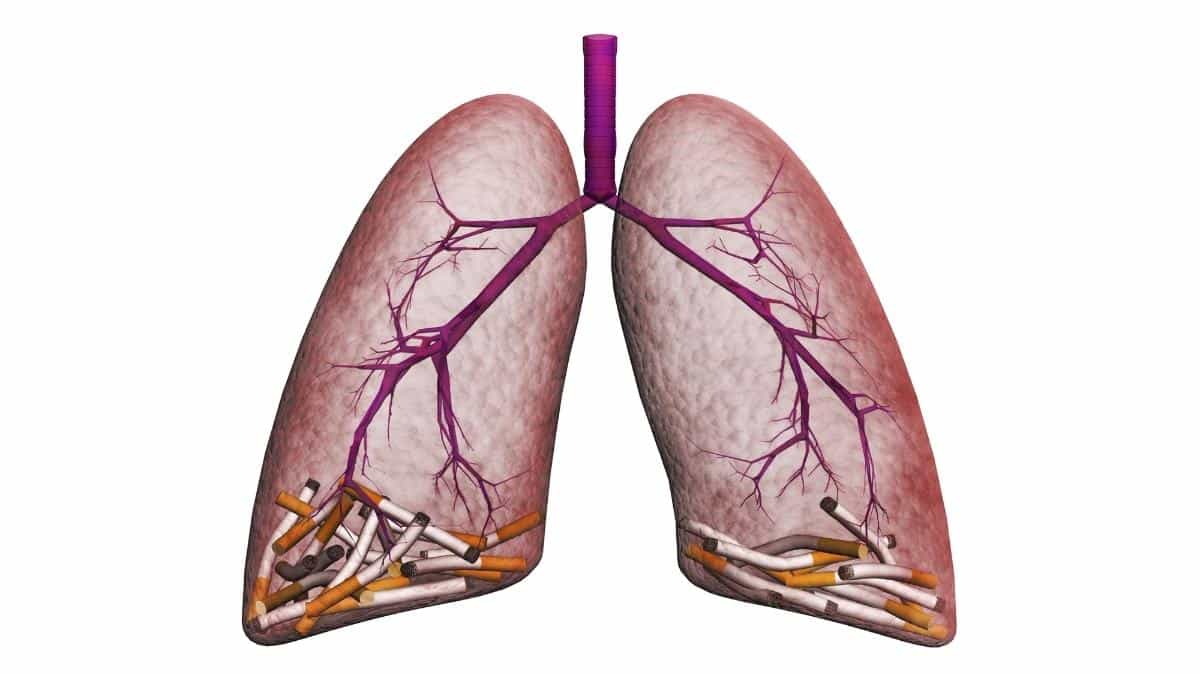There’s a common perception among many smokers that the lungs will not heal at all once they stop smoking.
While your lungs will never be as healthy as they were before you started smoking, healing may take place in some respiratory tissue long-term, and you may also see significant improvements in lung function once you stop smoking.
2 Ways Your Lungs May Improve After Smoking
Our Lung Institute team knows smoking causes significant damage to lung tissue. We also know that continued damage from smoking increases your risk of developing a chronic lung disease, such as chronic obstructive pulmonary disease (COPD).
However, we also know quitting smoking may result in some repairs taking place in your respiratory system and may also lead to increases in your lung function.
1. Cilia
One example of a respiratory structure that can repair itself once you quit smoking is cilia. Cilia are small hairs in your trachea, and they have two jobs. These jobs are to protect the lungs from harmful particles and assist in removing debris and mucus from the lungs.
Cilia are typically damaged by the tar in cigarettes, but once you stop smoking, regrow within 6 to 9 months and begin doing its jobs again.
2. FEV1
Quitting smoking may also lead to massive increases in your forced expiratory volume (FEV1), which is a measure of how well your lungs are functioning.
In fact, many former smokers see their FEV1 levels nearly double within 6 weeks of quitting, and these levels may continue to improve as time goes on. Even people who already had mild to moderate COPD before quitting saw improvements in their FEV1 levels.
These 2 improvements are an indication there will be some level of healing in your lungs, even though they may never heal completely.
Read More: What Is FEV1? Here’s What You Need To Know

Christine Kingsley, APRN is the Health and Wellness Director at the Lung Institute where she focuses on providing helpful online resources for people looking for information on various lung diseases, breathing exercises, and healthy lifestyle choices. She advocates for holistic care that involves working with your doctor to explore all options including traditional and alternative care while focusing on diet and exercise as proactive measures.









